World Ocean


World Mountains
January 11, 2020

World Volcanos
January 16, 2020- The World Ocean, or global ocean is a term used to define all the world’s oceans as one large interconnected ocean.
- It is divided into the standard oceans: the Atlantic Ocean, Arctic Ocean, Indian Ocean, Pacific Ocean, and the proposed Southern Ocean and ocean round the Antarctic.
- The ‘World Ocean’ is centered on the southern oceans. The Atlantic, Indian, and Pacific Oceans can be seen as bays or lobes going northward from the Southern Ocean.
- Farther north, the Atlantic opens into the Arctic Ocean, which is connected to the Pacific by the Bering Strait.
- The oceans hold about 96.5% of all of Earth’s water and is one of the most amazing places on earth!
Let’s see all the Oceans:
| Name of The Ocean | Description |
|---|---|
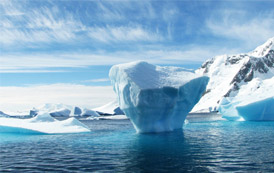  |
1. The Southern Ocean would be the ocean surrounding Antarctica. 2. Parts of the Southern Ocean are covered in sea ice, the extent of which varies according to the season. 3. The Southern Ocean is the second smallest of the five named oceans. 4. Depth: 23,737 ft |
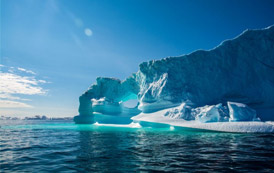  |
1. The Atlantic Ocean is the second biggest ocean. 2. It extends from the Southern Ocean between South America, Africa, North America and Europe, to the Arctic Ocean. 3. The Atlantic meets the Indian Ocean south of Africa at Cape Agulhas. 4. Depth: 30,246 ft |
  |
1. The Indian Ocean extends northward from the Southern Ocean to India, between Africa and Australia. 2. The Indian Ocean joins the Pacific Ocean to the west, near Australia. 3. Depth: 24,460 ft. |
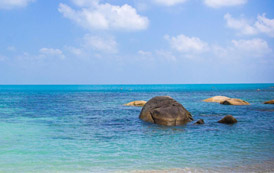  |
1. The Pacific Ocean, the biggest of all, also reaches northward from the Southern Ocean to the Arctic Ocean. 2. It is in the gap between Australia, Asia, North America and Oceania. 3. The Pacific Ocean meets the Atlantic south of South America at Cape Horn. 4. Depth: 35,837 ft |
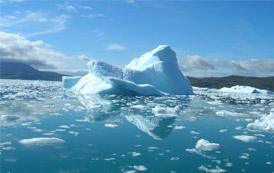  |
1. The Arctic Ocean is the smallest of the five. It joins the Atlantic near Greenland and Iceland, and joins the Pacific at the Bering Strait. 2. Parts of the Arctic Ocean are covered in sea ice, the extent of which varies according to the season. 3. It is considered by some to be a sea of the Atlantic, referred to as the Arctic Mediterranean Sea or Arctic Sea. 4. Depth: 18,456 ft |
Greatest Depths in the Ocean:
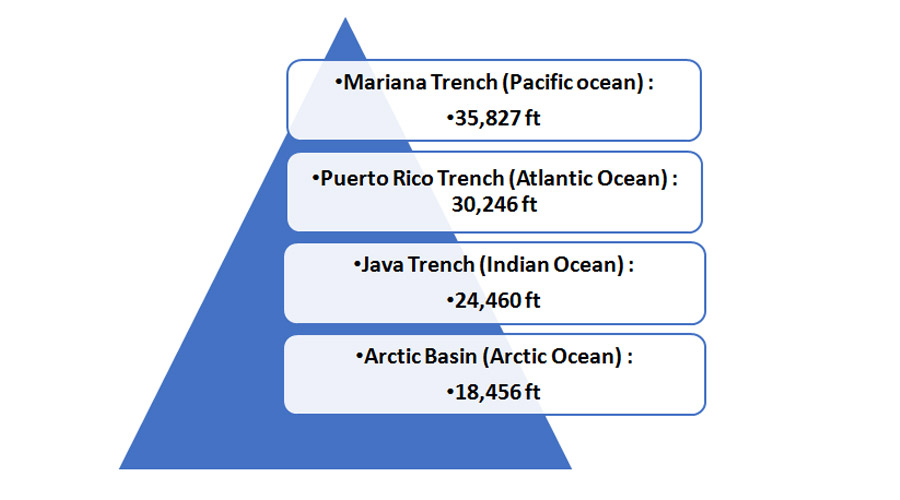

Uses of the Oceans:
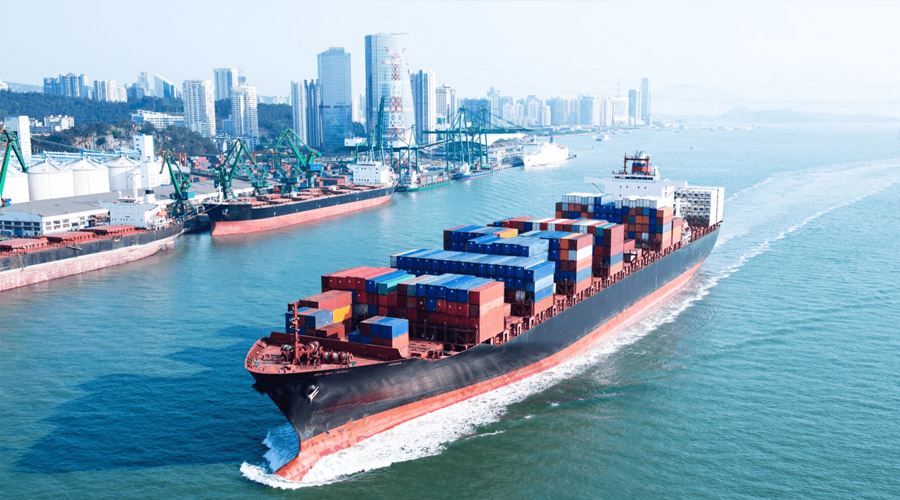

- Substances from marine plants and animals are used in scores of products, including medicine, ice cream, toothpaste, fertilizers, gasoline, cosmetics, and livestock feed.
- Oils from the orange roughy, a deep-sea fish from New Zealand, are used in making shampoo.
- The remains of diatoms, algae with hard shells, are used in making pet litter, cosmetics, pool filters and tooth polish.
- The ocean holds immense quantities of protein. The total annual commercial harvest from the seas exceeds 85 million metric tons.
- Fish is the biggest source of wild or domestic protein in the world.
- Over 90 percent of trade among countries is carried by ships.
- The ocean is a source of mineral deposits, including oil and gas.
- About half the communications between nations are via underwater cables.
- Many nations’ battles have been fought on or under the water.
Oceans and environment:
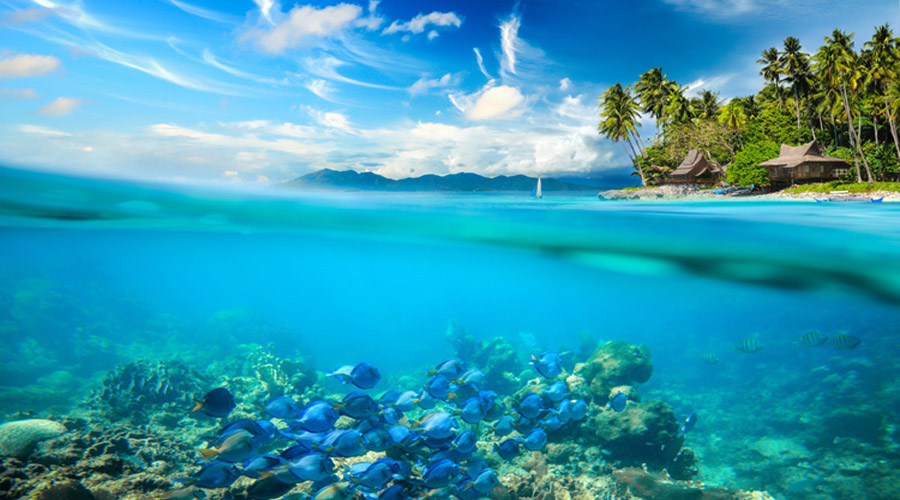

- The oceans also play an essential role in the carbon cycle.
- They currently absorb about half of all of the atmospheric carbon, thereby reducing or slowing the effects of global warming.
- Most of the solar energy that reaches the Earth is stored in the ocean and helps power oceanic and atmospheric circulation.
- The top 10 feet of the ocean hold the same amount of thermal energy as exists in the entire atmosphere.
- El Nino, a periodic shift of warm waters from the western to eastern Pacific Ocean, has dramatic effects on climate worldwide.
- Undersea earthquakes and other disturbances cause tsunamis, or great waves. The largest recorded tsunami measured 210 feet above sea level when it reached Siberia’s Kamchatka Peninsula in 1737.
Interesting Facts:
- The Pacific is wider than the moon.
- One iceberg could supply a million people with drinking water for five years.
- Pressure at the bottom of the ocean would crush you like an ant.
- Water at the bottom of the ocean is incredibly hot.
- The loudest ocean sound came from an icequake.
- More people have been to the moon than to the Mariana Trench.
- Most of Earth’s volcanic activity happens in the ocean.
- The ocean is our greatest source of oxygen.
- There’s enough gold in the ocean for us each to have 9 pounds of it!
- Around 70% of the Earth’s surface is covered by oceans.





